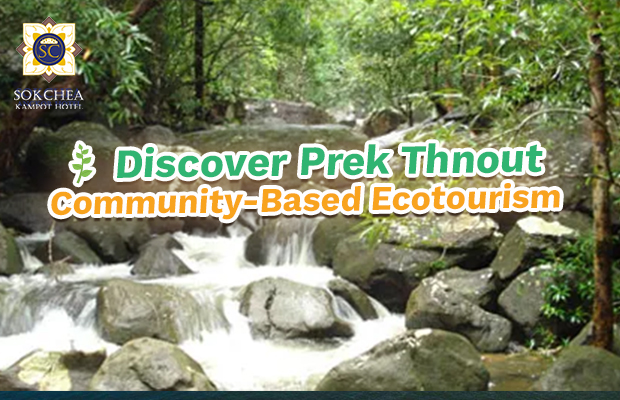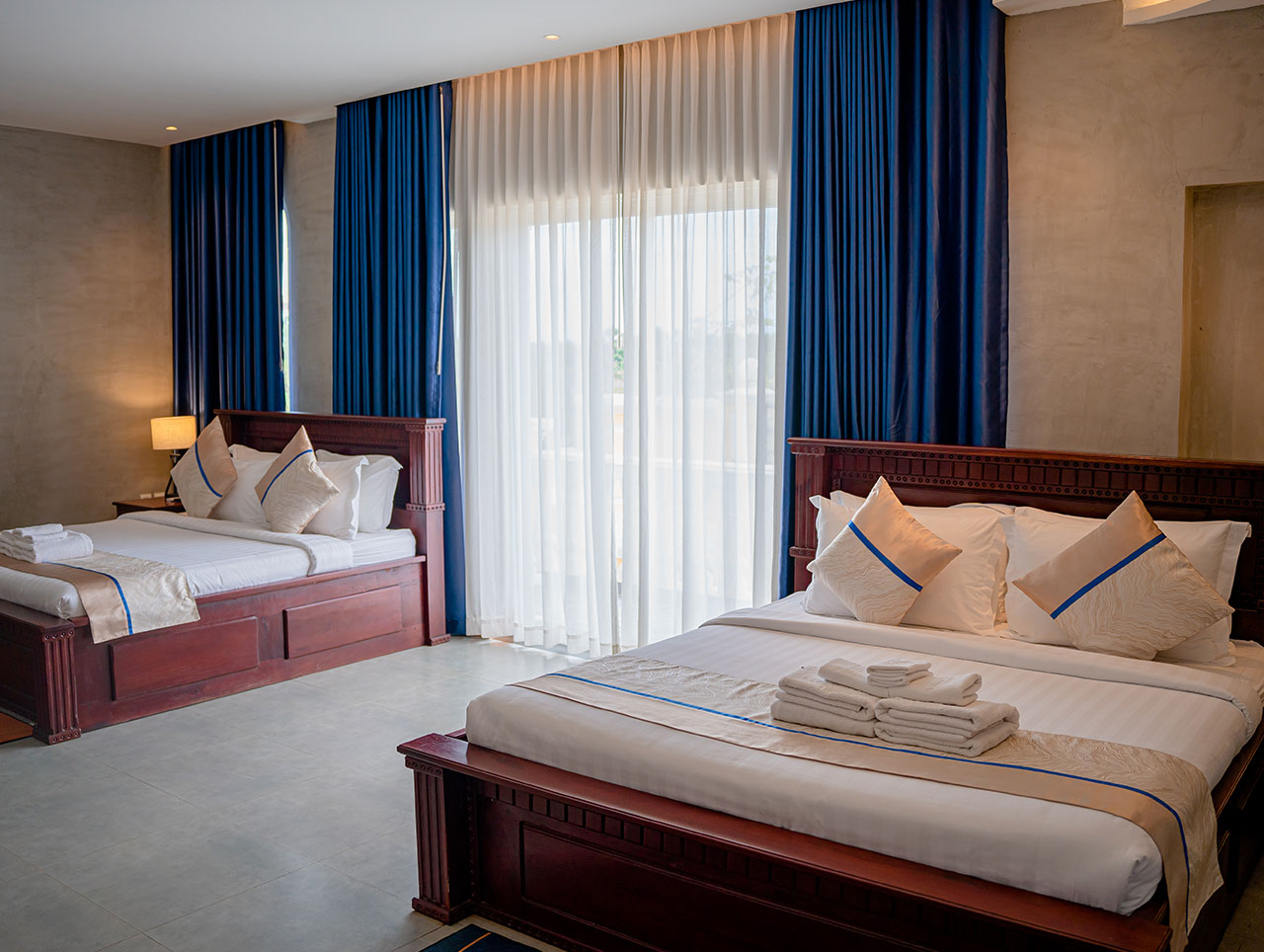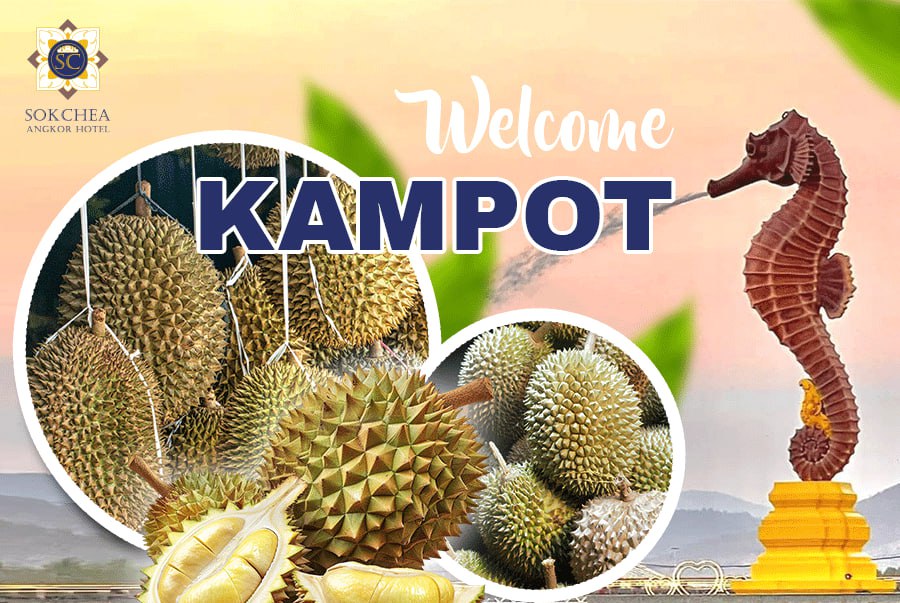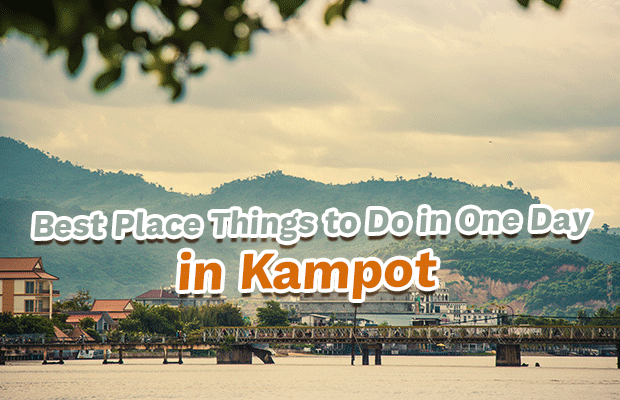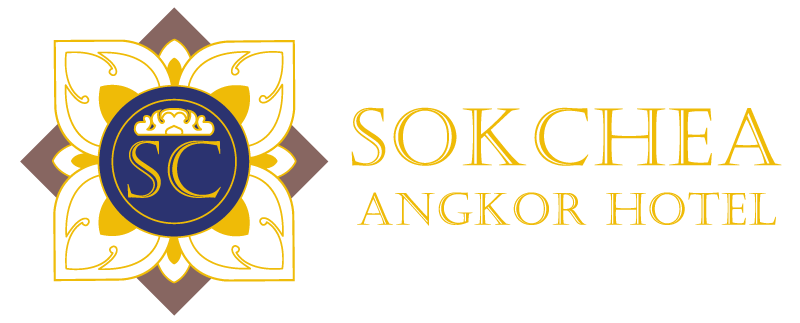🌿 Discover Prek Thnout Community-Based Ecotourism
An authentic eco-adventure near Bokor National Park, Kampot Province
Prek Thnout Overview
Nestled between lush evergreen forests and the mangrove-lined coast of southern Cambodia, Prek Thnout Community-Based Ecotourism Site is a peaceful haven for nature lovers, cultural travelers, and anyone seeking a responsible travel experience.
🌱 About the Community
Established in 2007 with support from the NGO Save Cambodia’s Wildlife (SCW), Prek Thnout is one of Cambodia’s most respected community-run ecotourism projects. Located at the foothills of the Bokor Mountain range, the site offers refreshing nature, rich biodiversity, and a chance to support local livelihoods.
🐾 Things to Do
🌳 Nature & Wildlife
Walk along wooden boardwalks through mangroves to scenic waterfalls.
Spot local wildlife including monkeys, fireflies, forest birds, dolphins, and even dugongs.
Take a night boat ride to witness glowing fireflies lighting up the trees.
🧗 Adventure & Relaxation
Go on a guided hike to a secluded Blue Water Pool and swim in its clear stream.
Explore forest trails dotted with orchids, bamboo, and passionfruit plants.
Chill in a hammock while enjoying peaceful village life.
Forest walk
🍽 Culture & Local Crafts
Join locals in cooking traditional Khmer meals like BBQ chicken and fresh seafood.
Visit the rattan weaving center, and shop for handmade products such as bamboo tools, herbal goods, and natural crafts.
💰 Pricing & Amenities
Entrance fee: $3 per person – this helps support the local community.
Boat rental: $30 per boat (can accommodate up to 15 people).
Local guide: 3pergroupofupto10people.Ifyourtriplastslonger, it’s $1 for each additional hour.
Traditional meal: $3 per person – enjoy local dishes like BBQ chicken and fresh seafood.
Facilities include basic toilets, electricity, and a simple guesthouse where you can stay overnight. There is no Wi-Fi, which makes it the perfect place to unplug and enjoy nature.
🚗 Getting There – From Sokchea Kampot Hotel
Map sign
Distance: About 28 km
Travel Time: Around 32 minutes by car or tuk-tuk
Directions:
Start from Sokchea Kampot Hotel in Kampot.
Drive west on National Road No. 3 toward Sihanoukville.
After passing the KM 174 marker (174 km from Phnom Penh), cross a small bridge.
Look for the Prek Thnout Ecotourism sign and turn right onto a dirt road.
Continue about 5 more minutes to reach the community center.
🛵 Tip: Private tuk-tuk or car is best. Motorbike is possible in dry season. No direct public transport is available.
📆 Best Time to Visit
Dry Season (November to May) is the best time to visit. Waterfalls are flowing, trails are dry, and wildlife activity is high.
Rainy Season brings lush greenery but some areas can be muddy or harder to reach.
🌟 Why Visit Prek Thnout?
It’s 100% community-operated.
Your visit directly supports conservation, education, and local livelihoods.
A genuine, responsible travel experience — far from the crowds and mass tourism.
🗓 Suggested Half-Day Itinerary
Lunch and waterfall
Arrive in the morning and meet your local host.
Enjoy a delicious BBQ chicken lunch prepared by the villagers.
Hike to the Blue Water Pool and take a refreshing swim.
Explore the mangrove boardwalk and look for birds and monkeys.
Visit the local weaving center and support handmade crafts.
Relax in a hammock before heading back to Kampot in the afternoon.

